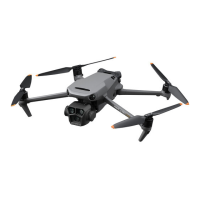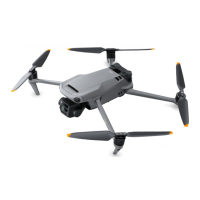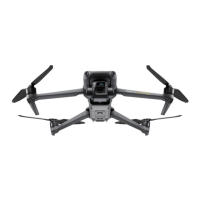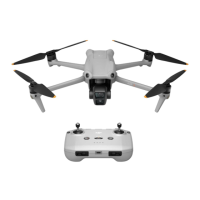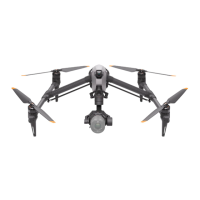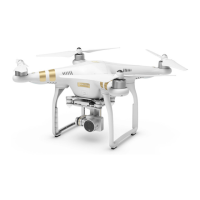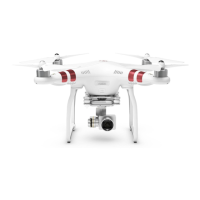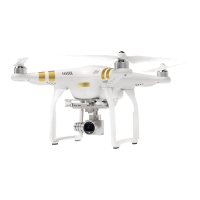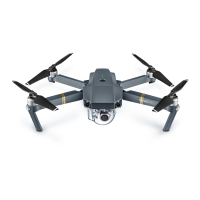DJI Mini 3
User Manual
16
©
2022 DJI All Rights Reserved.
Failsafe RTH
The action the aircraft performs once it loses the remote controller signal can be set as Return
to Home, Land, or Hover in DJI Fly. If the action was set as Land or Hover, Failsafe RTH will not
be activated. If the action was set as Return to Home in advance, and where the Home Point has
been recorded, the GNSS signal is good, and the compass is functioning normally, Failsafe RTH
will automatically activate once the remote controller signal is lost for more than 11 seconds.
The aircraft will fly backwards for 50 m on its original flight route and ascend to the preset RTH
altitude to enter Straight Line RTH. The aircraft enters Straight Line RTH if the remote controller
signal is restored during Failsafe RTH. When the aircraft flies backwards along the original flight
path and the distance from the Home Point is less than 20 m, the aircraft stops flying backward
on the original flight route and enters Straight Line RTH at the current altitude.
Other RTH Scenarios
There will be a prompt to initiate RTH if the video link signal is lost during flight while
the remote controller is still able to control the movements of the aircraft. RTH can be
cancelled.
RTH Procedure (Straight Line)
1. The Home Point is recorded.
2. RTH is triggered.
3. If the aircraft is less than 20 m from the Home Point when RTH begins, it will hover in place
and not return to home. If the aircraft is further than 20 m from the Home Point when RTH
begins, it will return home at a horizontal speed of 10.5 m/s.
4. After reaching the Home Point, the aircraft lands and the motors stop.
•
The aircraft cannot return to the Home Point if the GNSS signal is weak or unavailable.
The aircraft may enter ATTI mode if the GNSS signal becomes weak or unavailable
after entering Failsafe RTH. The aircraft will hover in place for a while before landing.
•
It is important to set a suitable RTH altitude before each flight. Launch DJI Fly and set
the RTH altitude. In RTH, if the current altitude of the aircraft is lower than the RTH
altitude, it will automatically ascend to the RTH altitude first. If the current altitude of
the aircraft reaches or is higher than the RTH altitude, it will fly to the Home Point at
its current altitude.
•
During RTH, the speed and altitude of the aircraft can be controlled using the remote
controller if the remote controller signal is normal. However, the aircraft cannot be
shifted leftward or rightward. When the aircraft is ascending or flying forward, push
the control stick completely in the opposite direction to exit RTH, and the aircraft will
brake and hover.
•
GEO zones may affect the RTH. Avoid flying near GEO zones.
•
The aircraft may not be able to return to the Home Point when the wind speed is too
high. Fly with caution.
